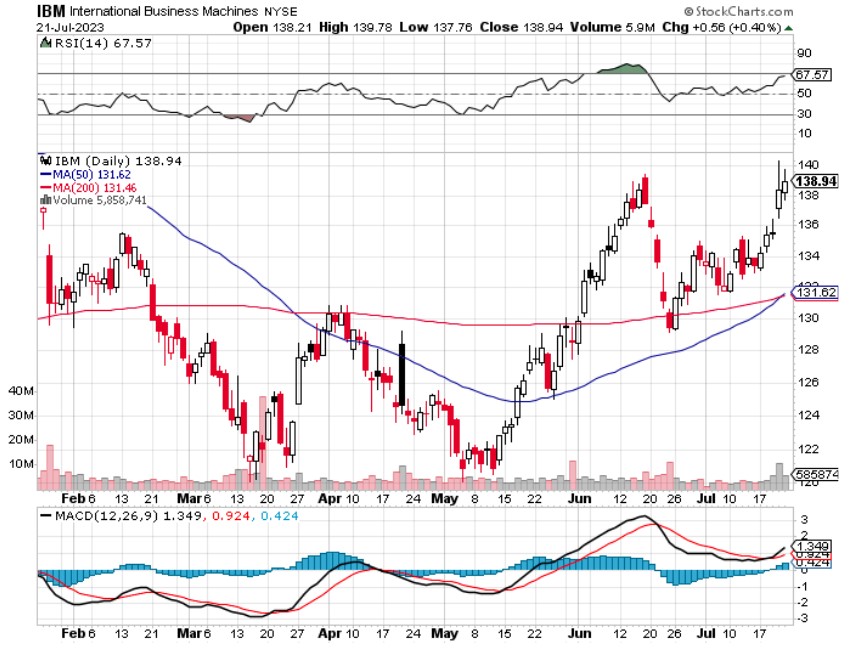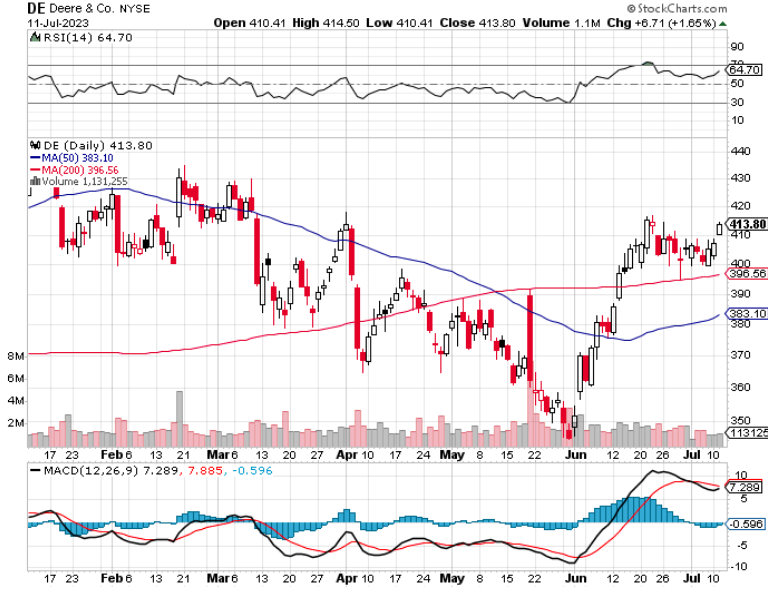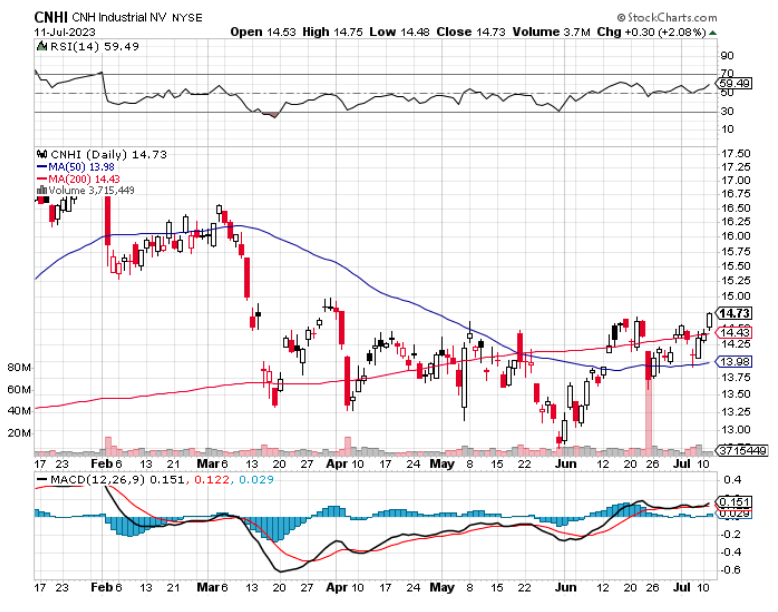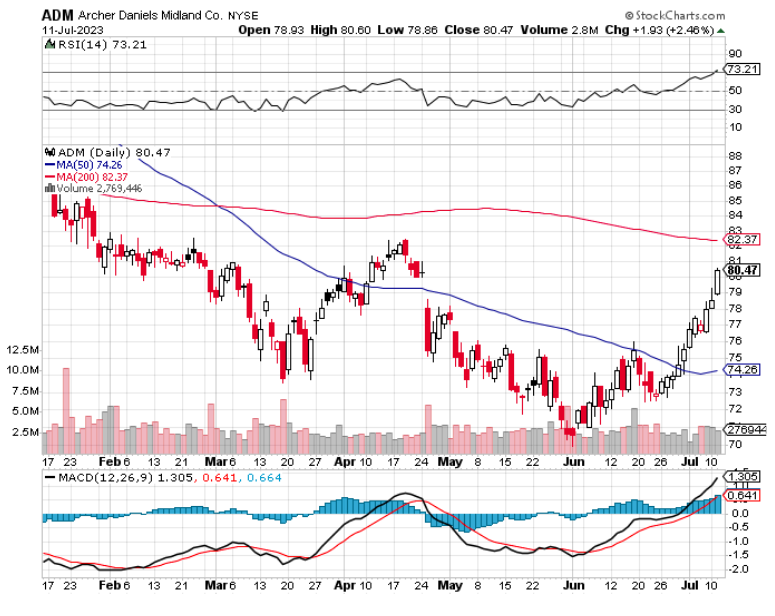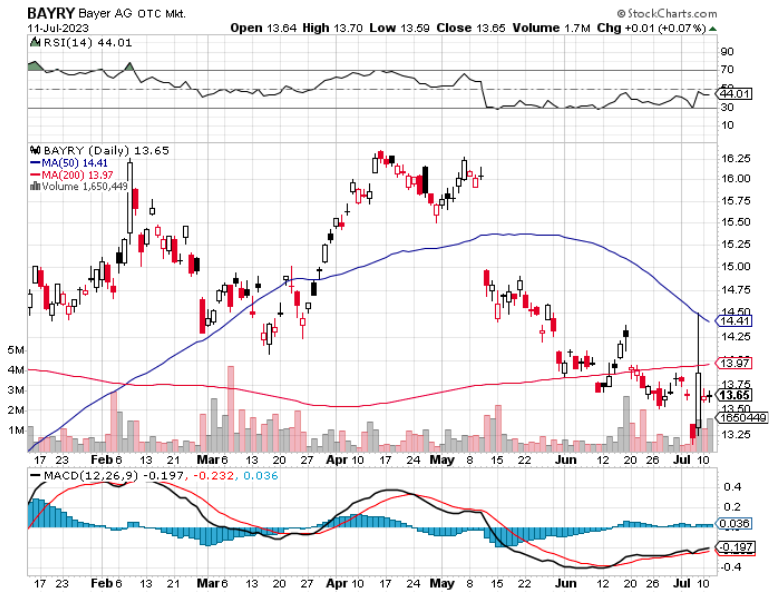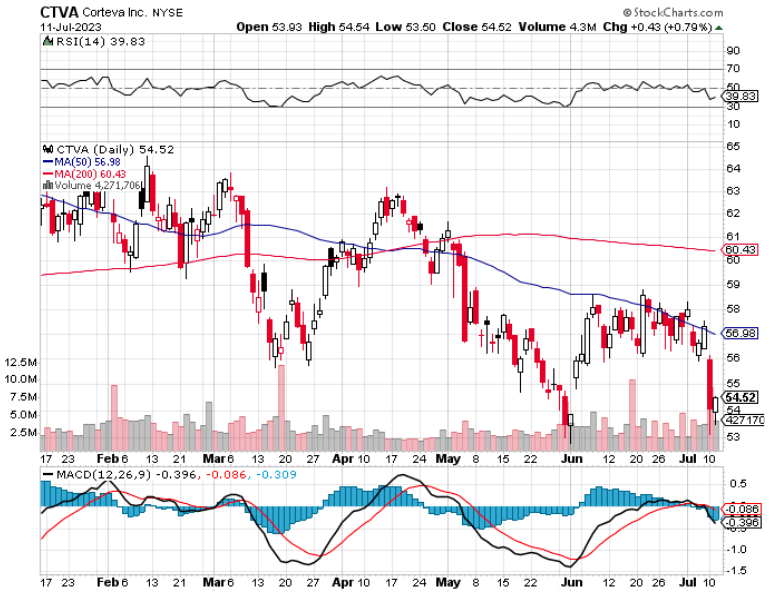(GOOGL), (META), (MSFT), (NVDA), (SSTK), (ADBE)
In the 17th century, Dutch maestro Rembrandt brought the world to life through his brushes. Fast-forward to 2016, and a team of art enthusiasts used computers to digitally distill and replicate his artistic style.
This marked the dawn of a revolution that has brought us to a world where AI-powered art is no longer the preserve of tech-savvy enthusiasts but an easily accessible tool for anyone, even your next-door neighbor. The power of creativity is now available to many through a simple text prompt, and the results have been nothing short of extraordinary.
But AI's reach extends far beyond the canvas.
On a gloomy Monday morning in May, an AI-forged image showing a smoke plume near the Pentagon caused panic, triggering a 0.3% tumble in the S&P 500. Though quickly debunked and the markets rebounded, this episode painted a vivid picture of the potential for misuse and chaos that comes with AI, adding a shade of grey to an otherwise vibrant palette.
At the same time, Sam Altman, CEO of OpenAI, forewarned that AI could achieve "superintelligence" within a decade. The rapid advancements in AI demand oversight and control. Altman's proposal for an AI regulator akin to the International Atomic Energy Agency could help paint within the lines, mitigating risks without stifling creativity.
Nevertheless, the canvas of AI isn't only painted with concerns. The broad strokes of investment have been rewarding, with the likes of Alphabet (GOOGL), Meta (META), Microsoft (MSFT), and chipmaker Nvidia (NVDA) seeing their market caps skyrocket—a testament to investor enthusiasm for AI-powered progress.
In a fusion of technology and creativity, AI has changed the art landscape.
AI-generated art tools like DALL-E 2, Midjourney, and Stable Diffusion have empowered novices and experts alike to create intricate, abstract, and photorealistic artworks with a few keystrokes.
In this new reality, the stock image industry has been forced to adapt and evolve.
Shutterstock (SSTK), the stock image behemoth, partnered with OpenAI to launch Shutterstock Generate, a tool that harnesses the power of AI to create images. It uses the vast richness of Shutterstock's content library, bringing with it a fresh wave of legal clarity, transparency, and an innovative way of compensating artists for the utilization of their work.
Adobe (ADBE) has also joined this revolution, launching Adobe Firefly, an AI-driven image generator and editor that integrates seamlessly with Adobe's ecosystem. They're also teasing future updates that promise sketch-to-vector translation and AI 3D model generation.
The art of photography hasn't been left untouched either.
Creating human images, traditionally a Herculean task fraught with legal encumbrances, has been revolutionized with AI-engineered photos of non-existent yet convincingly real people. Firms like vAIsual and Generated.Photos are leading this wave of synthetic human imagery, enabling creatives to tailor-make faces and emotions.
However, with great power comes great responsibility.
Recognizing the need to differentiate between AI-generated and real-life images, companies like V7 Labs and Spawning.ai are developing tools to detect AI images and ensure copyright protection. The burgeoning field of AI picture policing demonstrates the industry's commitment to maintaining the integrity of art and creativity while embracing AI's transformative capabilities.
Art, throughout history, has always been intertwined with technological advancements. From oil painting to electronic music synthesizers, each new technology initially threatened to eclipse their predecessors, but they instead birthed fresh perspectives and expressions.
Similarly, as AI blends with art and photography, it will bring about new debates around copyright, payments, and ethics. But art, being the resilient entity it is, will find a way to blossom anew.
Art and AI are now inseparable, moving beyond the confines of specialized tools and into our everyday lives, from social media to personal communications. Yet, this technological disruption isn't signaling the end of human creativity.
Just as fine art photographers are artists not despite, but because of their tools, the emergence of AI in the art world doesn't diminish human ingenuity—it merely adds a new layer of potential.
Over the next decade, these tools will evolve, becoming more accessible and cost-effective, blurring the line between AI and human creation. The question isn't whether AI will replace artists but how artists will use AI to redefine the boundaries of art.
After all, art doesn't bow out when threatened—it reinvents, pushing the boundaries of human imagination to greater heights.





